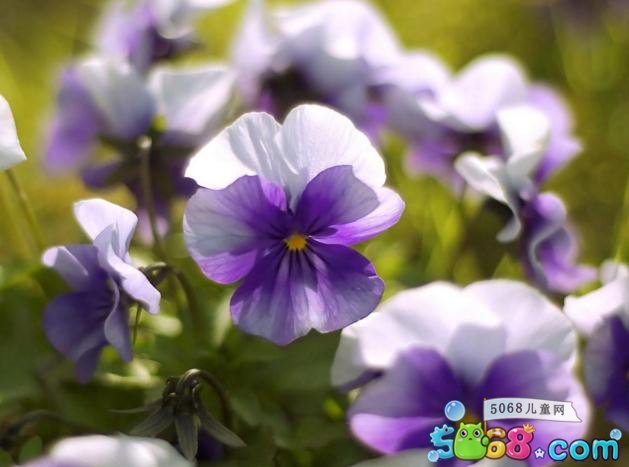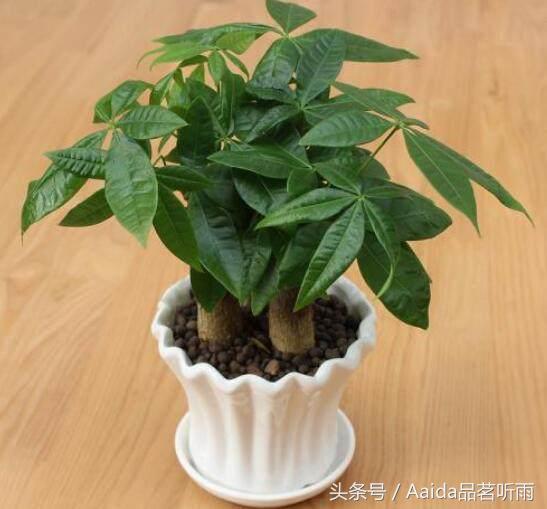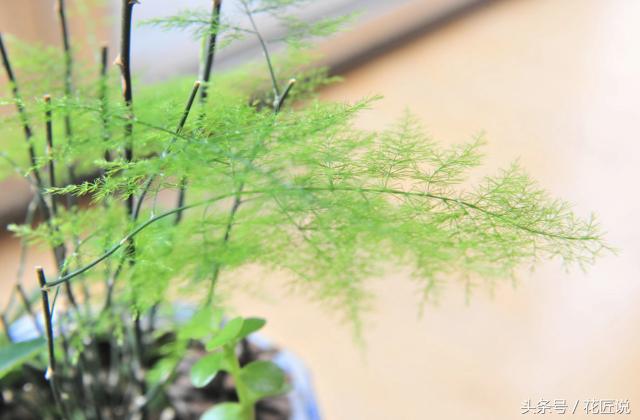Introduction to ecological habits and disease control of violet
Native to the Mediterranean coast, violets are now widely cultivated in the south of the country and are one of the most famous flowers in Europe. It can be seen frequently in many cities, or it can be seen in gardens or greenhouses. What are the ecological habits of violets? This is a small series on Violet disease prevention and control.

Ecological habits of violets
Violet enjoys a cool climate and avoids high temperatures. I like a well-ventilated environment, warm and mild in winter, but can also withstand a short-term low temperature of-5 °C. The growth temperature is 15-18 °C during the day and 10 °C at night. Soil requirements are not strict, but grow well in the soil, good drainage, neutral alkali, avoid acidic soil.
Violet is hardy, shady and afraid of waterlogging. Suitable for a high position. In hot and poorly ventilated mold rain, it is vulnerable to diseases and insect pests. Fertilization should not be too much, otherwise it should not blossom; if the light and ventilation are not enough, it is easy to be affected by diseases and insect pests.
Prevention of Violet Disease
In the process of maintenance, Violet is often hurt by diseases and insect pests. The main diseases are Violet Fusarium Wilt, Violet Violet, Violet White Rust and Violet Leaf Disease.
Downy mildew
Violet downy mildew was found in Zhongshan Park in Shanghai, resulting in sagging leaves and even the death of the whole plant.
Symptom
The surface of the diseased leaf produces green spots, becomes a yellow thief, has no obvious edge, and is limited by veins. On the back of the corresponding blade, there is a layer of white frost. Branches and parts of flowers may also be infected, causing plants to dwarf or deform.
Occurrence characteristics
The disease winters in soil and residual tissues of diseased plants. H spring begins to sprout, and it is not wrong to appear. Sowing is too dense, poor drainage is prone to serious diseases.
Prevention method
Avoid cutting diseases and get rid of diseased plants in time. Cough application o. 5mm dash; erdoful 1% discretion; Shanghai pesticide widely trial-produced a new fungicide acetate BA 3, the concentration is 2 ml per liter of water; 3 grams.
Fusarium disease
The disease is caused by Fusarium oxysporum Fusarium oxysporum.
Symptom
The plant is short and withered. The veins of the seedlings produce obvious veins, resulting in symptoms such as leaf prolapse of large plants.
Prevention method
1 you can soak the seeds in warm water at 50-55 °C for 10 minutes, which can kill the bacteria carried by the seeds.
(2) Drug disinfection. The soil used to grow violets should be disinfected and reused. The reagent can be used as 1000 times potassium permanganate solution.
3 if diseased plants with serious infection are found, they should be removed and burned immediately to prevent transmission to other healthy plants.
Verticillium wilt
Symptom
The lower leaves of the plant turn yellow and wither.. The diseased plants are seriously dwarfed, and the organization and management tissue changes color rapidly.
Prevention method
1 you can soak the seeds in warm water at 50-55 °C for 10 minutes, which can kill the bacteria carried by the seeds.
(2) Drug disinfection. The soil used to grow violets should be disinfected and reused. The reagent can be used as 1000 times potassium permanganate solution.
3 if diseased plants with serious infection are found, they should be removed and burned immediately to prevent transmission to other healthy plants.
White rust
Symptom
The disease is caused by white rust. Parts of the disease turn yellow after infection in violets and later turn brown. Chain achromatic spores are produced under the epidermis of the leaves.
Prevention method
The condition of other cruciferous plants is also very serious. If violets are placed with other cruciferous plants, they can infect each other, so weeds should be removed and isolated from other cruciferous plants.
2 Violet plants should be sprayed with 3 to 4 degrees of sulfur before the disease occurs. In the growing season, spray 65% sensitive zinc wettable powder 500-600 times, or rust sodium 250 times 300 times. .
Mosaic disease
Symptom
The disease is caused by turnip mosaic virus, also known as cabbage virus No. 1. It can also spread 40 to 50 species of aphids through fruit juices, mainly based on peach aphids and rapeseed meal. The virus can harm many cruciferous and other non-cruciferous plants. It should be separated from these plants.
Prevention method
1 separated from other poisonous plants.
2 mites should be eliminated in time, which can be controlled by 1.2% oxytocin 2000-4000 times or 10% imidacloprid 2000 times.
Plague
Symptom
The incidence of Violet leaves is round and large. Soft and rotten when wet. It is easy to crack when dry, showing blue-white color. The pathogenesis of the stem is water staining and dark green, the diseased part usually shrinks, but the vascular bundle does not change color, and some of the leaves above the affected part are wilted. If a plant has several stems, the whole plant will soon wither and dry. Seedlings are susceptible to disease, and their growth points are usually dark green, water stains, and soft rot after drying.
Prevention method
In addition to the selection of disease-resistant varieties and rotation cultivation management, the disease was emphasized in time, and the central diseased plant was used immediately.
Leaf spot disease
Symptom
This is due to continuous planting, poor ventilation and high humidity.
Prevention method
1 remove the residues of diseased plants and reduce the source of infection
(2) selecting disease-resistant varieties and increasing the amount of phosphorus and potassium fertilizer to improve the disease resistance of plants.
3 implement rotation
4 watering along the soil surface to avoid spraying water on plants
5 spray 1% Bordeaux solution or 25% carbendazim wettable powder 300 × 600 times, or 50% methyl topiramate 1000 times, or 80% mancozeb 400 times 600 times.
Cataplexy
Symptom
It spreads mainly through soil and fertilizer. The humidity is too high, the soil temperature is too high, the sowing is too dense, the seedlings become thin and so on.
Prevention method
1 remove the diseased plant in time
2 disinfect the soil
3. The seedlings should be watered properly in the early stage of the soil.
4 in the early stage of the disease, 50% 30% 400 times dexamethasone solution or 100% methyl topiramate soluble WP solution was used for watering.
Rot disease
Symptom
It is mainly due to high humidity, insufficient light and poor ventilation.
Prevention method
Properly control moisture, light and ventilation.
Root knot nematode
Symptom
It spreads mainly through irrigation and tillage operations, and diseased soil and residual strains are the main sources of infection.
Prevention method
1 soil disinfection.
(2) Drug treatment.
Insect pests
It is mainly aphids, accumulated on leaves, buds and buds. It uses sucking mouthparts to inhale plant tissue to absorb fruit juices, producing macula or black spots on the affected area. Damaged leaves contract and fall off, buds contract or deform. In serious cases, plants may die. Aphids can secrete honeydew, leading to bacterial growth and diseases such as smoke and dust.
Prevention method
1 eliminate by removing nearby weeds.
2 spray 40% dimethoate or omethoate 1000-1500 times, or kill chrysanthemum 2000-3000 times or 80% dichlorvos 1000 times.
Time: 2019-05-14 Click:
- Prev

How to grow green trees?
How to make a lucky tree flourish, five ways to make your rich trees richer Many people find that their rich trees are not as lush as other people's rich trees, and often have problems with weak plants and yellow leaves, so how to plant rich trees is also a lot of flowers. wrestling thing.
- Next

What if the roots of Diaozhu Mei are rotten?
My writing is rotten, how can I keep it? Almost all of us pass by! Interesting, practical and attitude, flowers make life more passionate! In the process of planting plants, I believe everyone will encounter a lot of trouble or problems
Related
- Fuxing push coffee new agricultural production and marketing class: lack of small-scale processing plants
- Jujube rice field leisure farm deep ploughing Yilan for five years to create a space for organic food and play
- Nongyu Farm-A trial of organic papaya for brave women with advanced technology
- Four points for attention in the prevention and control of diseases and insect pests of edible fungi
- How to add nutrient solution to Edible Fungi
- Is there any good way to control edible fungus mites?
- Open Inoculation Technology of Edible Fungi
- Is there any clever way to use fertilizer for edible fungus in winter?
- What agents are used to kill the pathogens of edible fungi in the mushroom shed?
- Rapid drying of Edible Fungi

